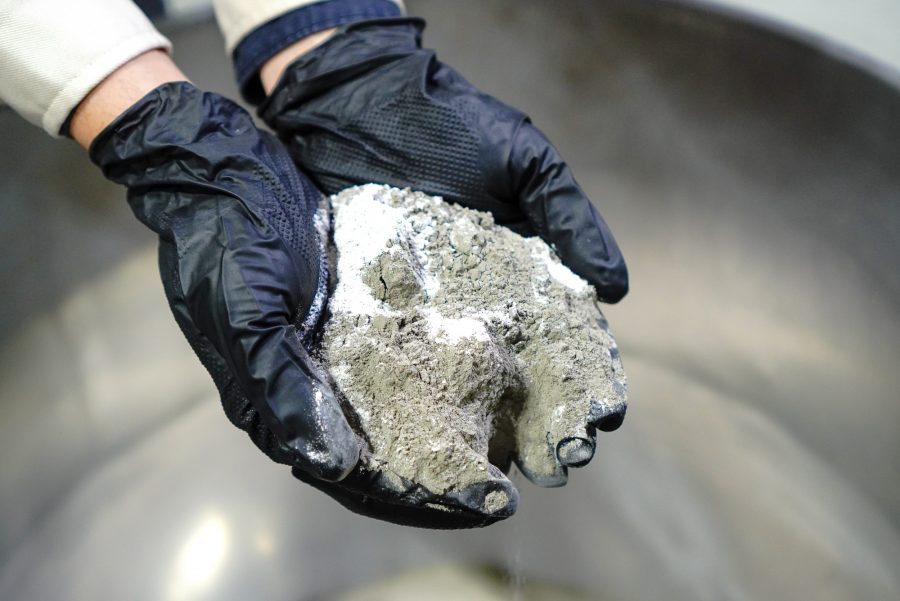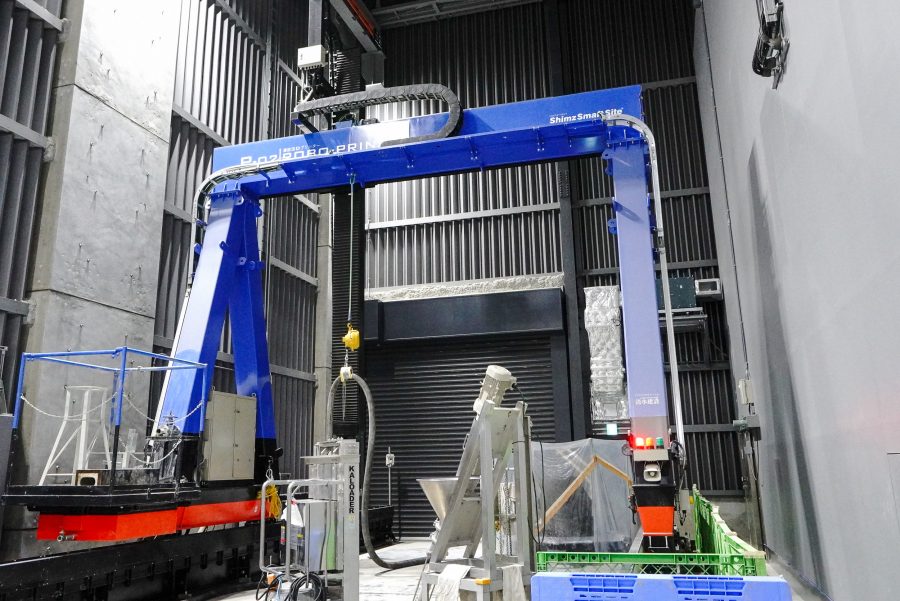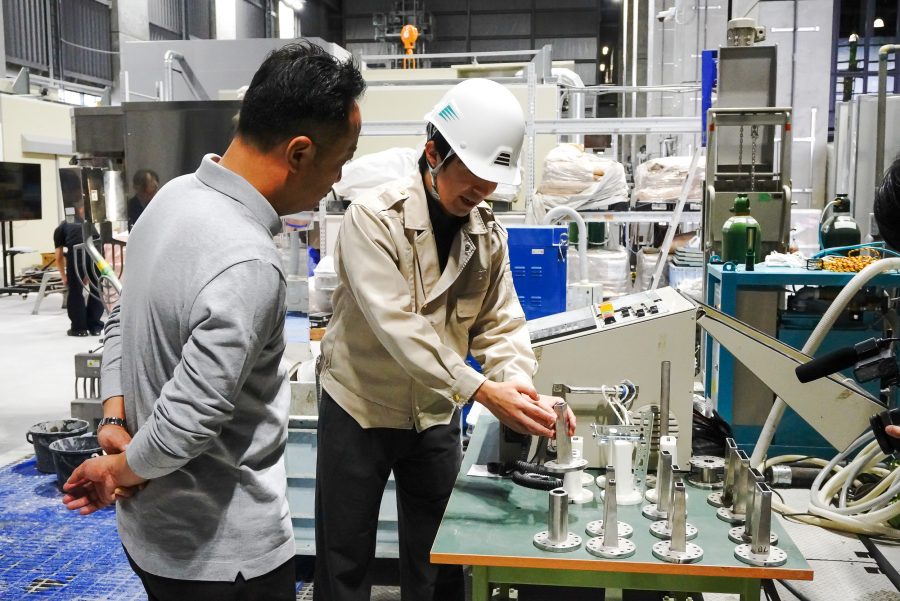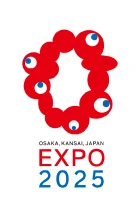
While repeatedly discussing with Ogawa about various elements of the prototype of Hotabench, including the material of the seat that they considered should be soft and the color for which they considered adopting a natural off-white color, Nambara envisioned that their “future design” will spread throughout Japan. Nambara plans to install five benches at the venue of the Expo 2025. Visitors from Japan and overseas will be able to see and experience his company’s benches. He believes that visitors will have a firsthand experience regarding upcycling, where people find value in waste materials and make use of them.
There is already some good prospect on mass production of Hotabench. He hopes that, after the Expo 2025 closes, the benches will be installed in parks all over Japan, including Sarufutsu Village in Hokkaido that supplies scallop shells, and he and his company will be able to give back and contribute to the community. While scallop shell powder is mixed with plastics for Hotamet that has been developed ahead of Hotabench, scallop shell powder is mixed with an enormous quantity of cement for Hotabench. This requires Nambara’s company to treat considerably larger amounts of shells.
Nambara visited over 10 municipalities and parties concerned with scallop fishing along the Sea of Okhotsk, including Sarufutsu Village. All of the municipalities and parties concerned were plagued by a problem concerning how to dispose of the massive piles of shells. He found that parties concerned with farming of Akoya pearl oysters in Mie Prefecture and parties involved in fishing of shijimi freshwater clams in Lake Biwa, Shiga Prefecture have been suffering the same problem. Such parties concerned said in expectation that they would like Nambara and his company to upcycle waste shells. Nambara is certain that he and his company can contribute to waste shell treatment not only in Japan, but also all over the world. Koushi Chemical Industry is the only company that has been accepted to both the first and second Co-Design Challenge. The judges of the programs gave a positive review for Koushi Chemical Industry, saying that the company is attractive in terms of both business reliability and possibilities of regional revitalization.
Nambara is planning experience-based events in Tokyo and Osaka with the aim of encouraging people to learn how great upcycling is. In Tokyo, he plans guided tours in which participants will see the processes of Hotabench production at Smart Innovation Ecosystem NOVARE, which is a facility for innovation operated by Shimizu Corporation (Koto City, Tokyo). Participants will be able to learn how things are created with the company’s large 3D printer, which is over eight meters in height. In Osaka, events that allow participants to experience manufacturing will be held at the factory of Koushi Chemical Industry (Higashiosaka City). In the experience-based event, participants, which are expected to be children and their parents, will grind scallop shells into powder and produce plastic erasers by using the shell powder. “We would like people of future generations to know that we, a small factory, do something interesting and exciting,” said Nambara.
Participation in the Expo 2025 is a great opportunity for a small factory. The mindset of voluntarily creating a future design is fueling Nambara’s passion for manufacturing.

Large-scale 3D printer that is over eight meters in height

One of the processes of the Hotabench production that will be shown during the experience-based event (a picture depicting an employee who gives explanations about the 3D printer)
Share this article


